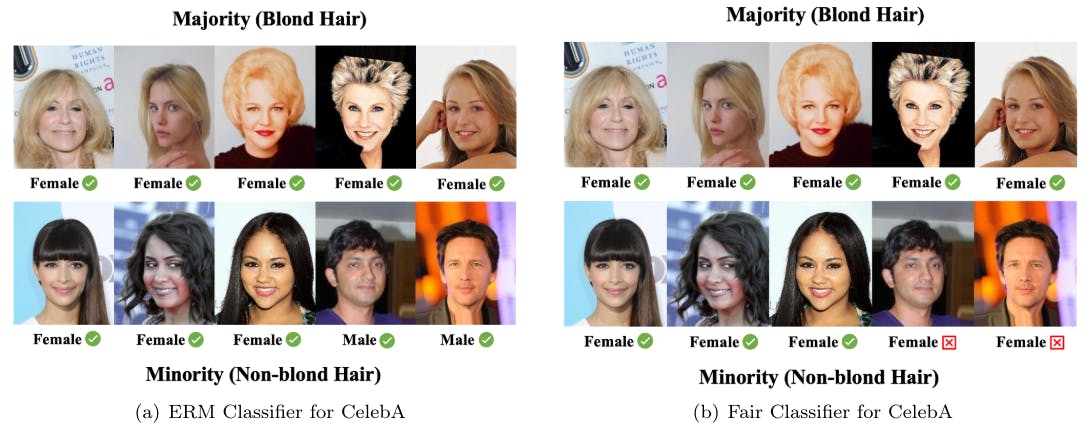Table of Links
3 Preliminaries
3.1 Fair Supervised Learning and 3.2 Fairness Criteria
3.3 Dependence Measures for Fair Supervised Learning
4 Inductive Biases of DP-based Fair Supervised Learning
4.1 Extending the Theoretical Results to Randomized Prediction Rule
5 A Distributionally Robust Optimization Approach to DP-based Fair Learning
6 Numerical Results
6.2 Inductive Biases of Models trained in DP-based Fair Learning
6.3 DP-based Fair Classification in Heterogeneous Federated Learning
Appendix B Additional Results for Image Dataset
Appendix A Proofs
A.1 Proof of Theorem 1

Therefore, for the objective function in Equation (1), we can write the following:


Knowing that TV is a metric distance satisfying the triangle inequality, the above equations show that
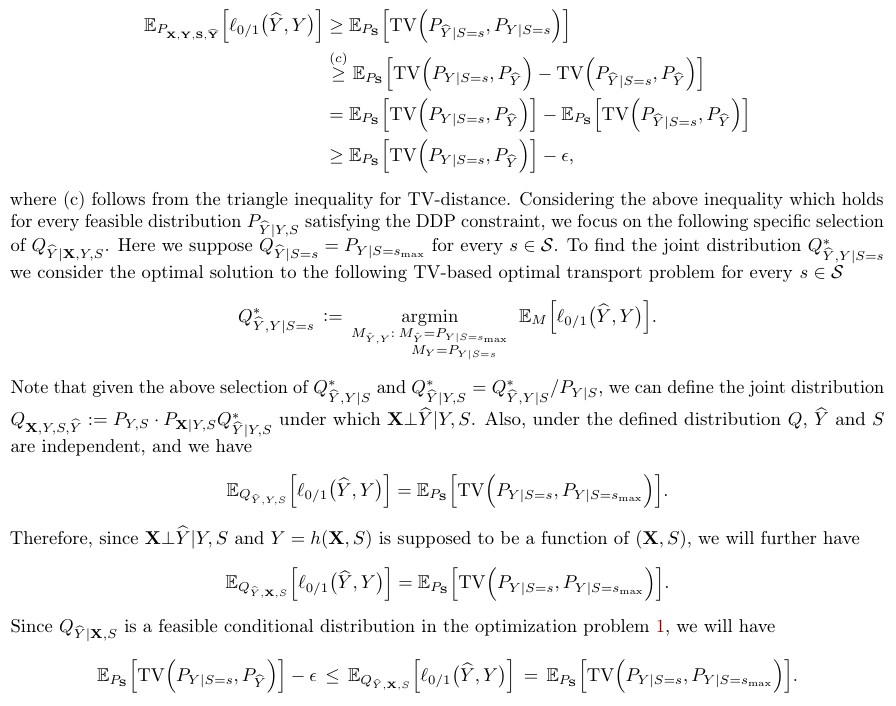
Therefore,
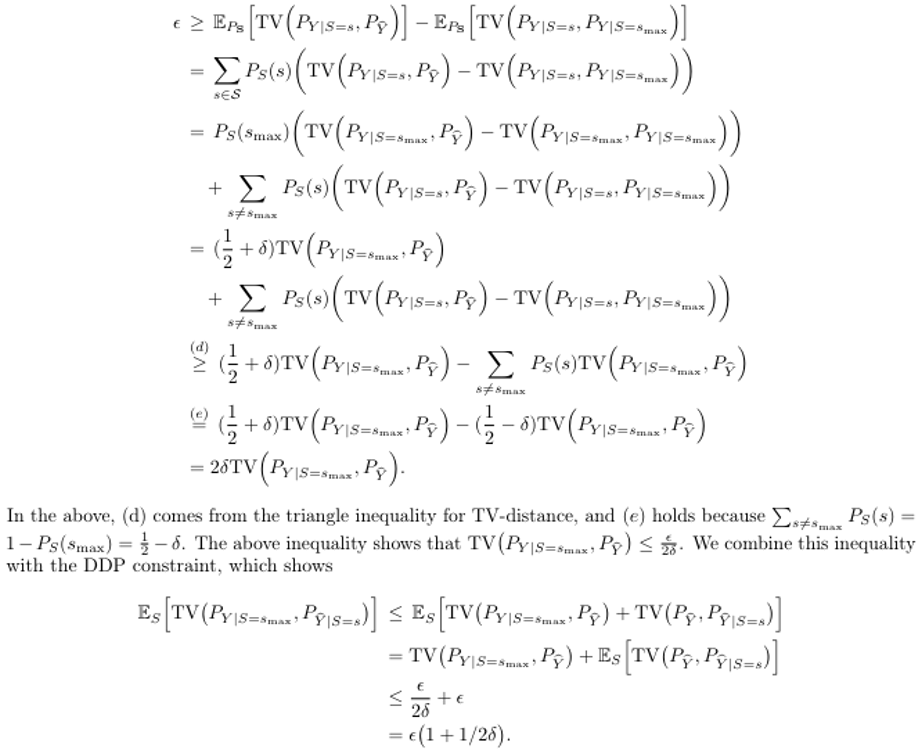
A.2 Proof of Theorem 2
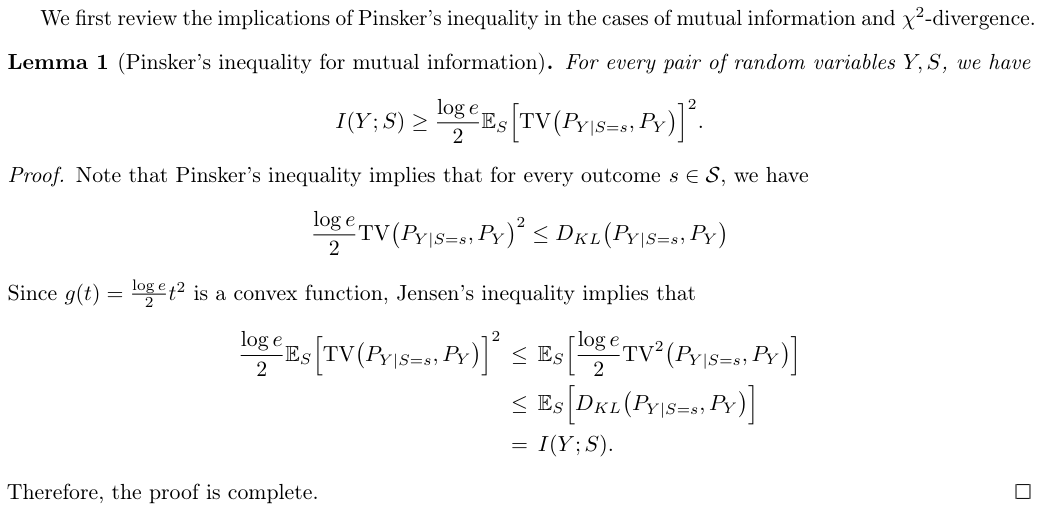
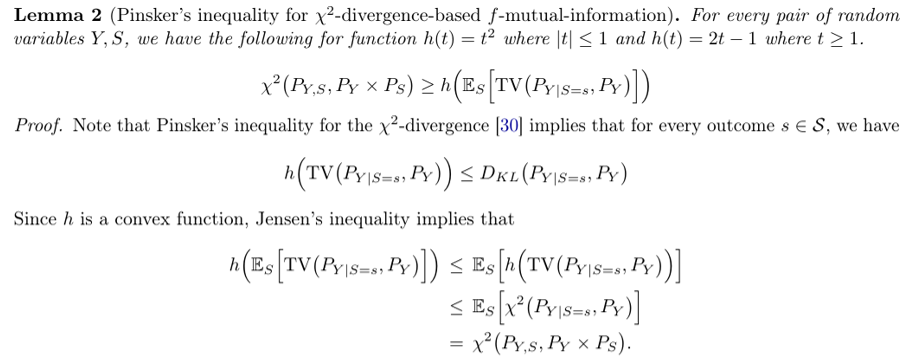
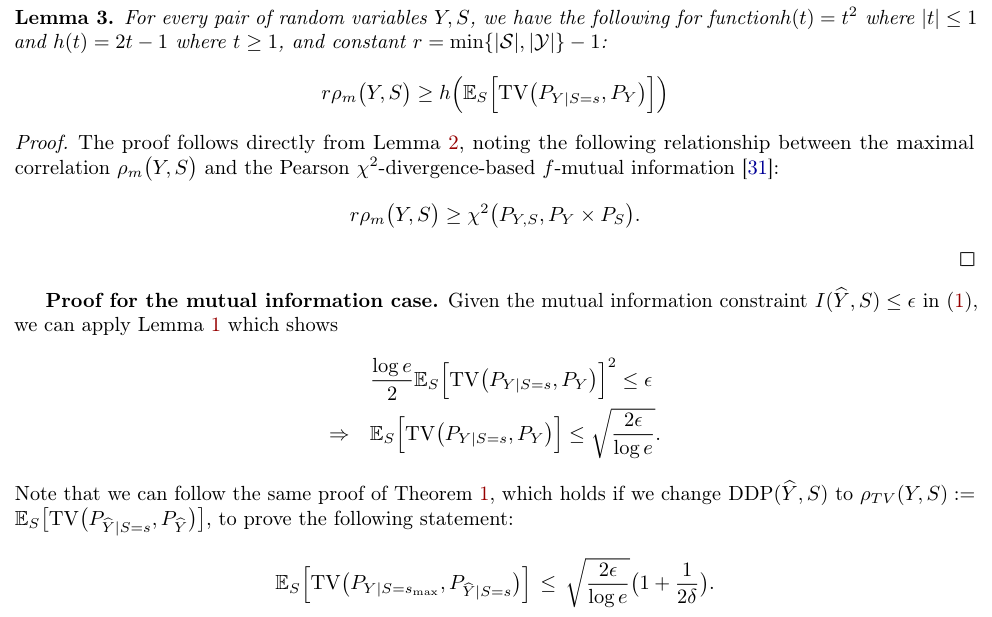

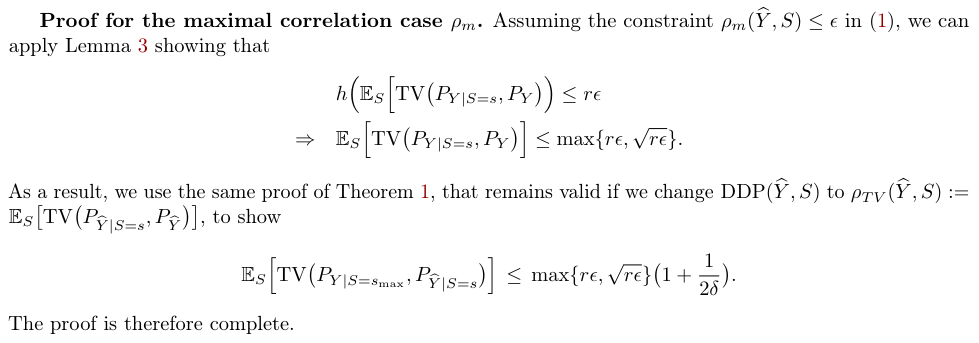
A.3 Proof of Theorem 3
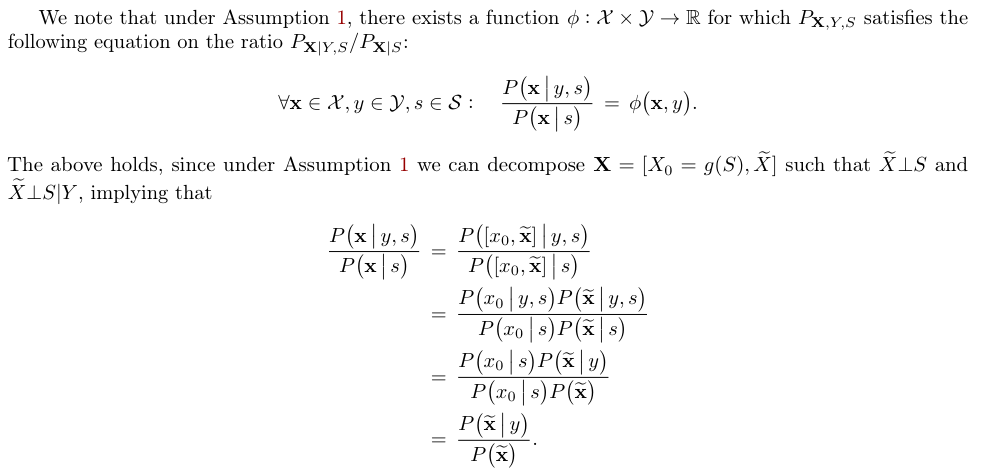
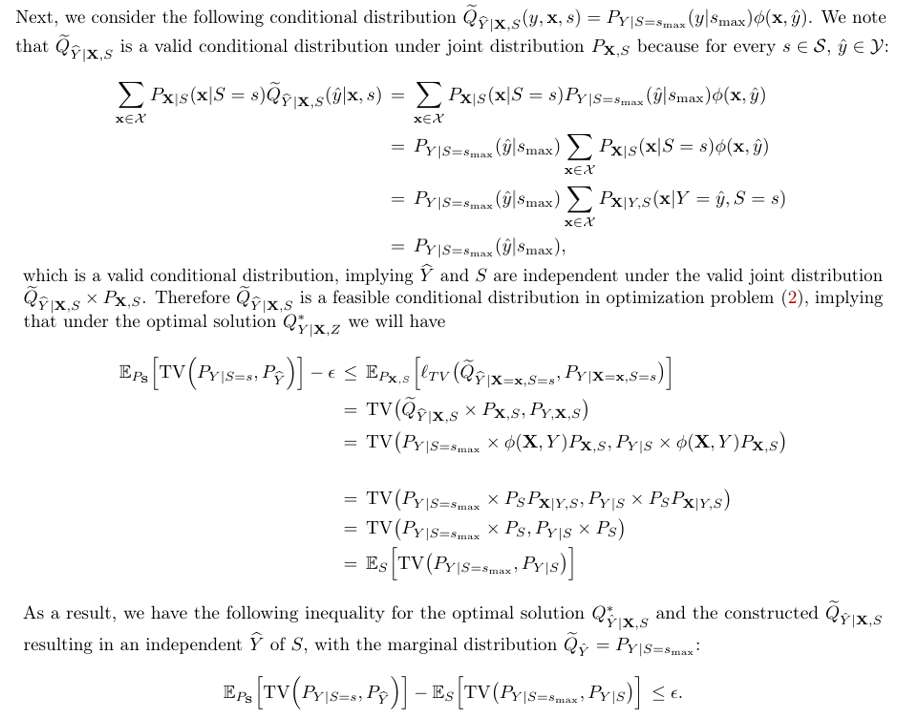
Therefore, we can follow the proof of Theorems 1,2 which shows the above inequality leads to the bounds claimed in the theorems.
Appendix B Additional Results for Image Dataset
This part shows the inductive biases of DP-based fair classifier for CelebA dataset, as well as the visualized plots. For the baselines, two fair classifiers are implemented for image fair classification: KDE proposed by [11] and MI proposed by [6], based on ResNet-18 [28].

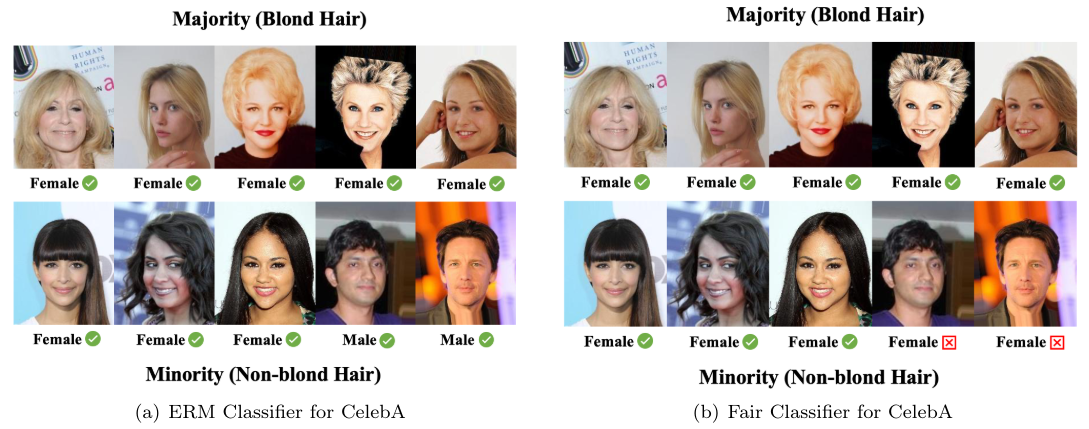
This paper is available on arxiv under CC BY-NC-SA 4.0 DEED license.
Authors:
(1) Haoyu LEI, Department of Computer Science and Engineering, The Chinese University of Hong Kong ([email protected]);
(2) Amin Gohari, Department of Information Engineering, The Chinese University of Hong Kong ([email protected]);
(3) Farzan Farnia, Department of Computer Science and Engineering, The Chinese University of Hong Kong ([email protected]).

